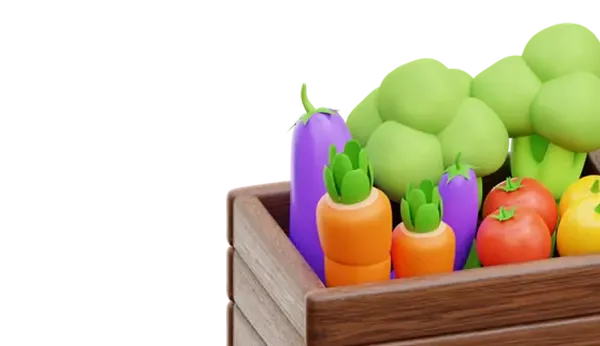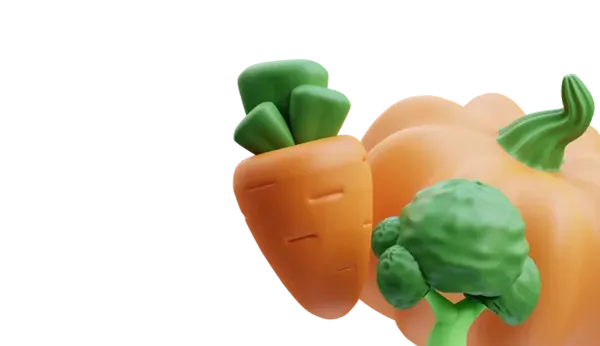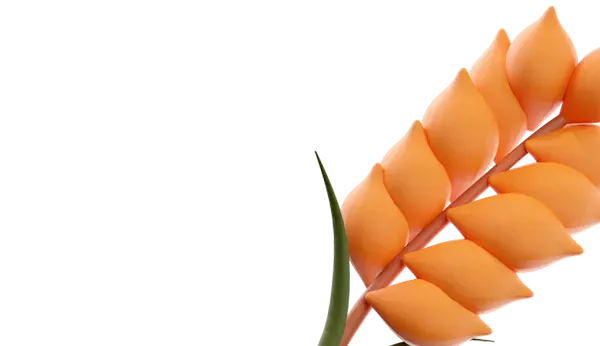According to the USDA report on the progress of agricultural crops released earlier this week, initial assessments of the soybean condition for the current season will be presented. These data provide an opportunity to evaluate how the soybean harvest is currently shaping up in the major producing states.
Only five states have not reached the 60% mark in the combined "good" and "excellent" categories. For example, in Illinois, 59% of soybeans are in good or excellent condition, in Michigan - 54%, in North Dakota - 58%, and in Ohio and South Dakota - even 50%.
Beginning of the 2025 season: soybean condition in the first June crop progress report
Nationwide Ratings
Across the country, the percentage breakdown of soybean conditions is as follows: 1% - very poor, 4% - poor, 28% - fair, 58% - good, and 9% - excellent.
Several states have double-digit percentages of "excellent" ratings. These states include Iowa (18%), Wisconsin (16%), Tennessee (14%), Mississippi (13%), Nebraska (12%), and Arkansas (12%).
Conditions in Illinois
Ryan Gentle, an agronomist from Wyffels residing in western Illinois, noted that soybean growth is slow this year. In his region, only 2% of soybeans are rated very poor, 5% poor, 34% fair, 48% good, and 11% excellent.
"Last week, I saw several farmers still have low-seeded acres in late planting zones," Gentle noted. "Most soybean fields look good, except for the very early planting areas. They look very good."
Most popular soybean diseases: 4 diseases that can reduce your yield
Conditions in Iowa
Weather conditions played a key role in the emergence and initial growth of the crop. Logan Dinkla, an agronomy and crop protection representative at Syngenta working in Iowa, reported that soybean emergence increased after mid-May rainfall.
"Most plants I looked at appear to be in good shape," Dinkla noted. "There are fields where soybeans haven't received enough moisture, leading to uneven emergence."
Beginning of the 2025 season: soybean condition in the first June crop progress report
The soybean condition in Iowa at the beginning of June showed the following results: 1% - very poor, 2% - poor, 16% - fair, 63% - good, and 18% - excellent.
Weather
As May ended, characterized by both cold and dry conditions, typical for much of the corn belt, Dinkla expects some variability. He noted that cooler temperatures - daily highs around 60 degrees for most of May - led to a limited amount of heat units, slowing crop development in some areas.
"Forecasts for early June indicate a temperature increase with a chance of light precipitation - such conditions might help balance out lagging areas and improve overall crop prospects," Dinkla added.















